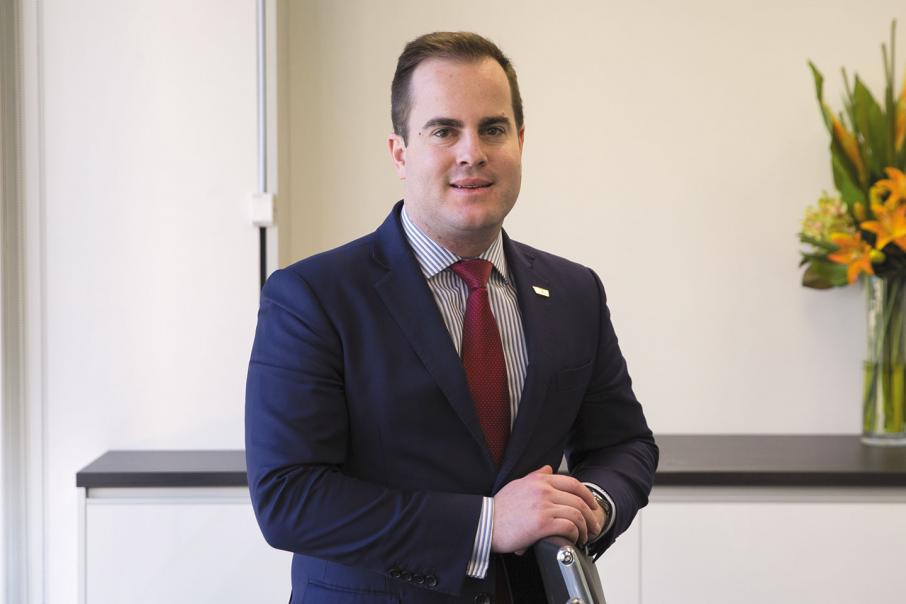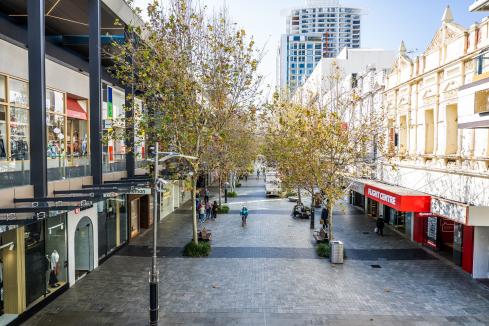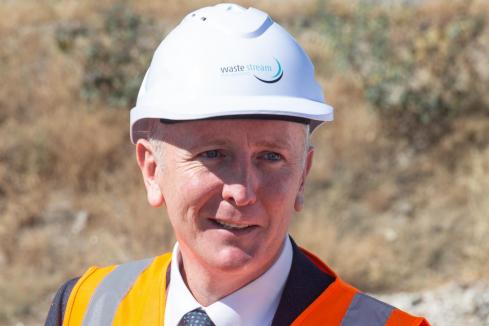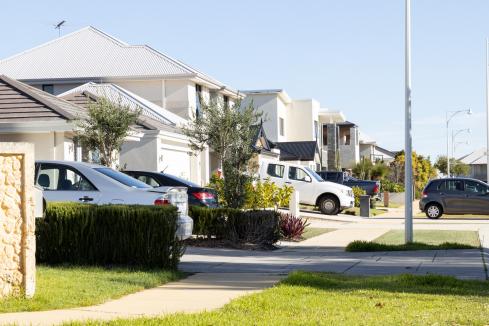The resources sector continues to think about solutions to the growing burden of industrial relations laws.


The resources sector continues to think about solutions to the growing burden of industrial relations laws.
The creation of a new specialist visa subclass for the offshore energy industry could be the federal government’s best response to a recent High Court ruling, according to Mills Oakley special counsel Daniel White.
The ruling, which declared a 2015 determination by Immigration Minister Peter Dutton to be invalid, is the latest in a saga affecting the status of workers involved in laying offshore pipes from barges, among other major project-related roles.
The issue goes back to 2012, when the Federal Court decided some vessels were excluded from the migration zone and, in that case, members of their workforce didn’t require visas.
The then federal Labor government passed legislation in 2013 to tighten the rules, while the coalition government that followed has attempted to reverse that change.
Mr White said many of the workers affected by the most recent court decision were highly skilled and specialised, with some residual work still happening on offshore energy projects in the north-west.
“Effectively now there are potentially companies operating offshore, performing this work, that could have workers that (now) don’t have appropriate visas,” Mr White told Business News following the court decision.
“They have some limited options.
“They could direct (staff) to cease performing work and effectively have to outsource it to citizen labour … (or they could) quickly apply for a relevant visa to cover their work.”
Either way, it could lead to delays or higher costs for projects, and might also mean that labour used on projects was not as highly skilled as it needs to be, he said.
“The current visas that are available really don’t facilitate the type of work being done, Mr White said.
“(Workers) come in for very small, bespoke pieces of work.
“The other concern is that as (projects) move into operations and maintenance phases we really need a proper visa system.”
Australian Mines and Metals Association executive director policy and public affairs, Scott Barklamb, said the court’s decision would add to the cumulative impact of regulatory costs on competitiveness.
“The role of non-Australian crew members on highly specialised construction vessels is a very small, but critical part of building offshore resource projects, he said.
“Making the employment of such workers more regulated, more costly and more difficult in Australia than it is in competing resource economies will have consequences and will make it even harder to bring future resource investment to Australia.”
There were three possible solutions the government could try, according to Mr White.
One would be for the minister to make another determination, which does not exceed the limits of the power determined by the High Court, although that would likely face a further union challenge.
A second would be to reintroduce an amendment bill to parliament that had lapsed in the Senate previously, where the vessels will again be excluded from the migration zone.
The final option, and Mr White’s suggested move, is for an amendment to introduce a new visa sub class for non-citizens in offshore activity.
“In 2013 ... there was a Department of Immigration taskforce that was put together and in fact one of their recommendations was to look at creating a specialist type of offshore visa,” he said.
That may find an easier pathway through the Senate, and wouldn’t be open to the same court challenge problem that a ministerial determination might be.
Reform
There has been a range of other employment law reforms touted to improve the competitiveness of the resources sector.
One that has been advanced by peak bodies representing the sector is extending the lifespan of greenfields enterprise agreements, currently capped at four years.
Mr White also suggested a limit on high income earners from being able to engage in protected industrial action.
That might apply to workers in the top income tax bracket, currently $180,001, or it could be set at a different level.













